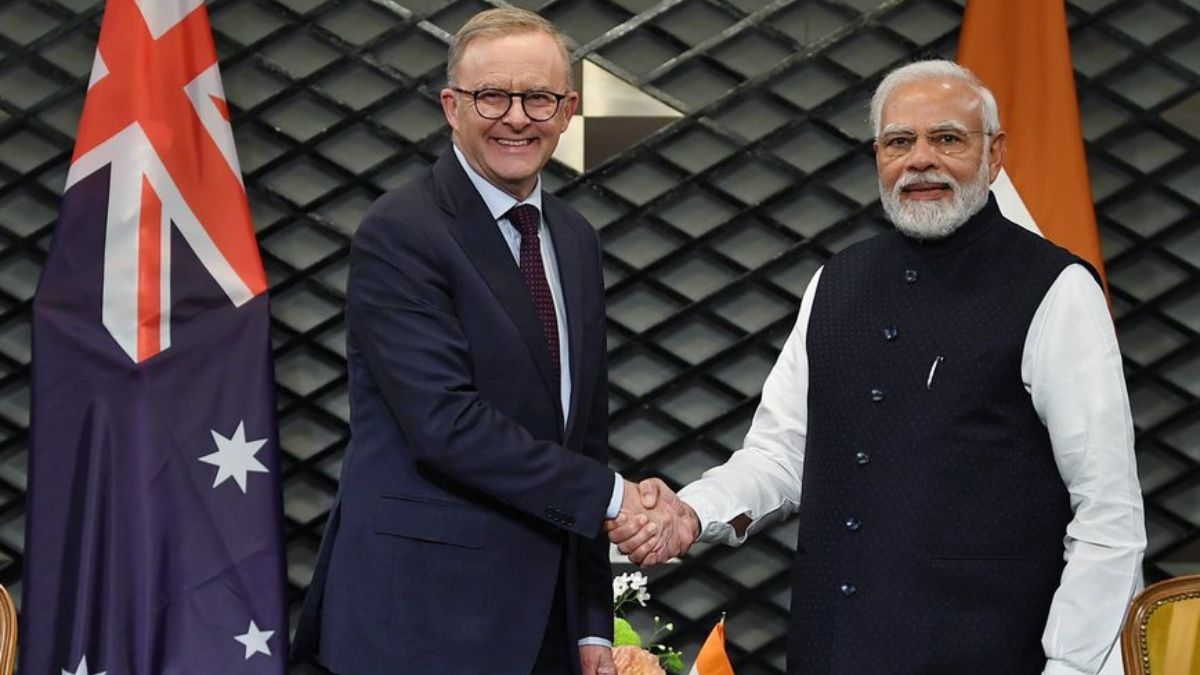Full-time roles dominate above-expectation jobs boom

- by Admin
- October 16, 2024

Full-time roles made up the majority of September’s healthy employment gains as the labour market defies expectations for another month.
More than 51,000 of the 61,400 jobs added to the economy were full-time, data compiled by the Australian Bureau of Statistics showed on Thursday. About 12,500 were part-time.
The jobless rate held steady at 4.1 per cent, in line with a downwardly-revised number for August.
Unemployment has been hovering around this rate for six months.
Betashares chief economist David Bassanese said the September labour force report was stronger than expected, highlighting the economy’s “remarkable ability to keep finding employment for the still rapidly expanding supply of new workers”.
“Low unemployment at a time of strongly rising labour supply suggests a good matching of worker skills with available employment opportunities – we are finding the workers for the available job opportunities, such as in the fast-growing care sector,” he wrote in a note.
The Reserve Bank of Australia expects the labour market to weaken gradually as its higher interest rates work to slow the economy and temper inflationary pressures.
Mr Bassanese said Thursday’s employment report “does not rule out rate cuts, though it does rule out near-term rate cuts due to an overly weak economy”.
Rather than being forced to start easing the cash rate to support an ailing economy and fast-rising unemployment, the central bank will be able to focus chiefly on inflation.
“The RBA will be comforted by today’s report, as it implies it can continue to wait for a decent decline in inflation before cutting rates,” the economist said.
September quarter inflation data, out at the end of the month, would be the key data point for the central bank board ahead of the next meeting.
Treasurer Jim Chalmers said more than one million new jobs had been created since his government was elected.
“We welcome the fact that the majority of these million new jobs are full time and around half are for women,” he said on Thursday.
The bureau’s report showed the participation rate rising to reach a record high of 67.2 per cent.
Head of labour statistics Bjorn Jarvis said employment has risen by 3.1 per cent in the past year, growing faster than the civilian population growth of 2.5 per cent.
“This has contributed to the increase in the employment-to-population ratio by 0.1 percentage point, and 0.4 percentage points over the past year, to a new historical high of 64.4 per cent.”
The Latest News
-
November 22, 2024Live Test cricket updates: Australia v India in Perth
-
November 22, 2024Live: Australia loses the toss, will bowl first to open the Test cricket summer in Perth
-
November 22, 2024Women take the lead at the 2024 Australian Fashion Laureate Awards
-
November 22, 2024Affiliates announced as Play Well Strategy turns one
-
November 22, 2024Childish Gambino cancels Australian and New Zealand leg of The New World tour




